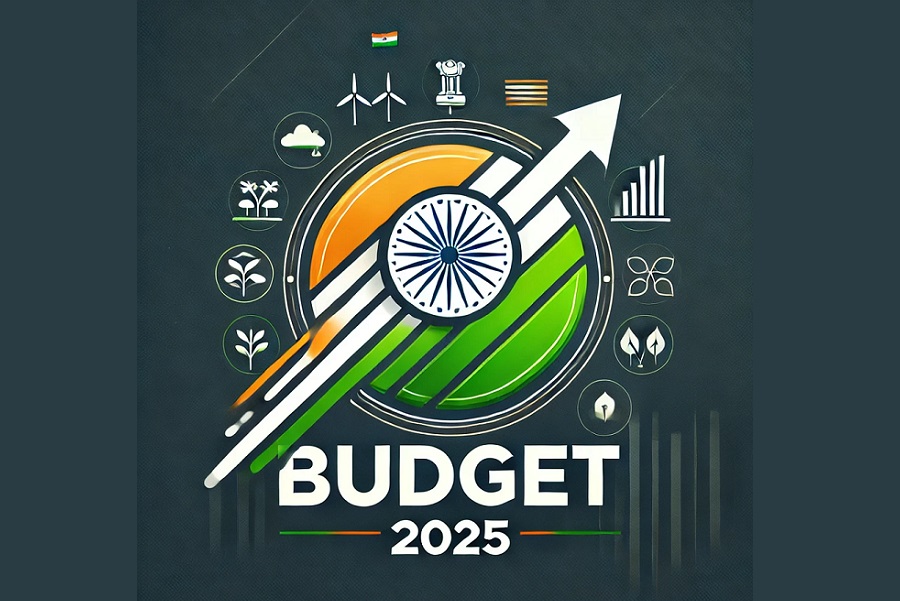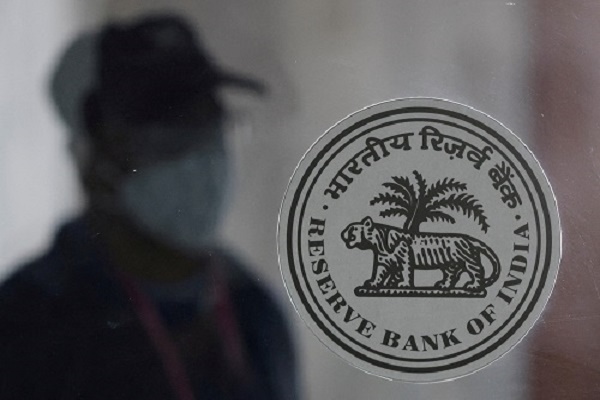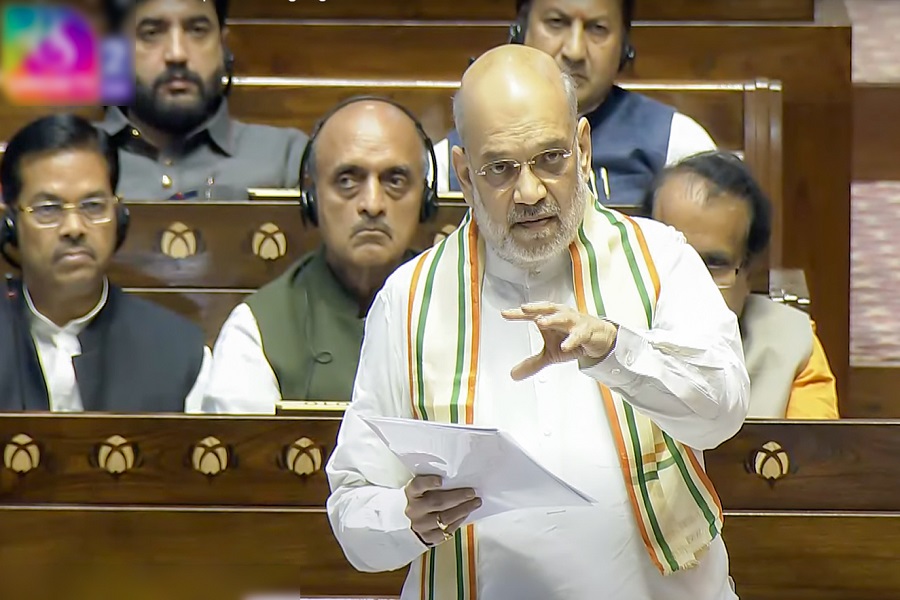Union Budget Reaction on Markets by Karan Aggarwal, Co-Founder & Chief Investment Officer at Elever

Below the Union Budget Reaction on Markets by Karan Aggarwal, Co-Founder & Chief Investment Officer at Elever
Budget 2025-26: Steering Through a Slowing Economy
Markets will likely welcome the fact that the government has refrained from altering LTCG/STCG taxes, introducing new populist schemes, or deviating from its fiscal discipline, with a better-than-expected fiscal deficit target of 4.4% for FY 2025-26.
The Downside: A Shift from Capex to Consumption
However, with the economy slowing and a strong fiscal position, government was expected to maintain its focus on elevated capex and manufacturing, while also adding private consumption to the mix. Instead, the budget indicates a shift in priorities. There was a surprising 8% downward revision of FY 2025 capex, with a lower-than-expected INR 11.2 lakh crore allocation for FY 2026. Additionally, the absence of new incentives or sops for export-oriented manufacturing is a significant negative for sectors such as PSUs, manufacturing, metals, and industrials - key drivers of growth over the last few years.
For now, the ambitious target of $1 trillion in manufacturing exports by 2028 appears to have been pushed back for at least a year, likely due to ongoing global trade challenges, tariff wars, and geopolitical risks.
Big Picture: A Cautious Approach Amid Global Uncertainty
On a broader scale, the budget reflects the government’s concerns over the global geopolitical and geoeconomic risks expected to unfold in FY 2026. Alongside an anticipated RBI rate cut in the near future, the tax relief measures seem to be a strategy aimed at insulating the Indian economy from external shocks by increasing the share of private consumption in the growth equation. These steps are expected to provide much-needed support to corporate earnings in the near term.
That said, the projected rebound in GDP growth to the 7%-8% range may not materialize until FY 2026-27. The government appears to be positioning itself with substantial ‘cash’ reserves, ready to optimally manage any economic downturn in the coming quarters. As is often the case with holding cash, while short-term returns may be sacrificed, this strategy could pay off if a market crisis presents a buying opportunity.
Above views are of the author and not of the website kindly read disclaimer



















